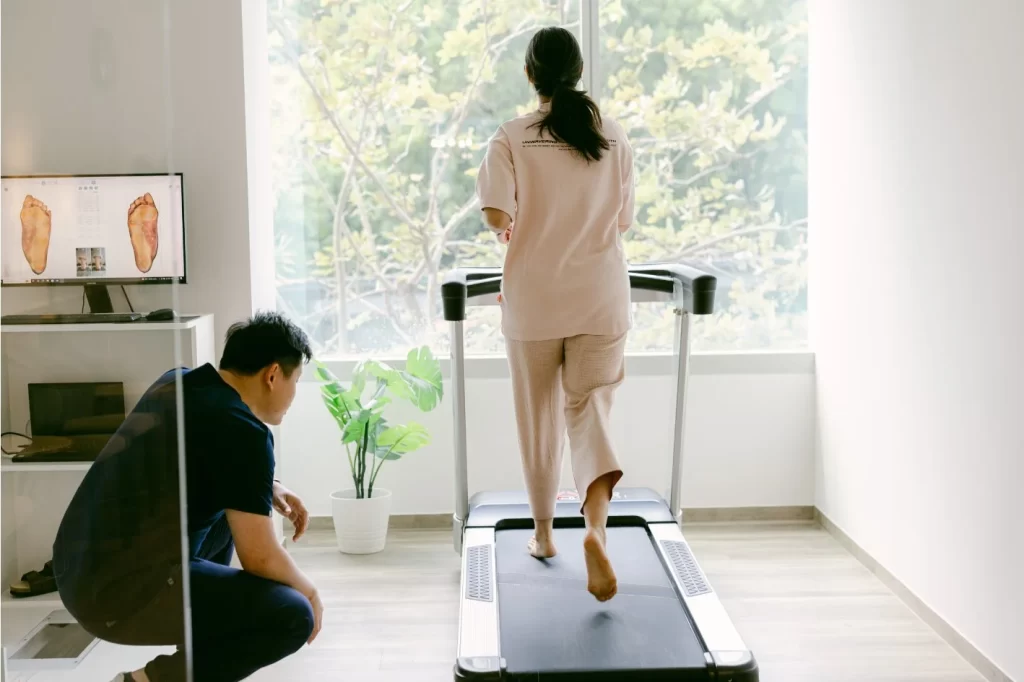What are Corns and Calluses?
Corns and calluses are areas of thickened and hard skin (hyperkeratosis) on the body that forms due to pressure and friction. It is most commonly found on the palms of our hands or the soles of our feet. Calluses are generally painless until it becomes very thick where it starts to cause damage to the underlying tissue. Corns, however, are usually painful when pressure is applied and are often misdiagnosed as plantar warts.
It is a myth that corns have “roots” and will resolve when the “roots” are removed. Corns do not have roots and the only effective way to resolve corns is by reducing the amount of friction and pressure over the area.
Difference Between Corns and Calluses
Corns and calluses are formed due to a localised area of pressure and friction, hence they typically develop on weight-bearing areas such as the ball of feet, heels, and toes. Pressure and friction trigger the skin cells to reproduce excessively, forming thick layers of skin. This process will not stop until the amount of pressure and friction are reduced.
Corns & calluses have distinct differences in their signs and symptoms.
Corns:
- A localised area of thick skin
- Often painless unless underlying tissue is damaged
- No sharp, pin-prick sensation when pressure is applied
Calluses:
- May or may not form an area of hard skin
- Has a central “nucleus” of thickened skin that sits deep in the skin
- Painful pin-prick sensation when pressure is applied

Need Help? See A Podiatrist Today
Risk Factors for Corns and Calluses
Risk factors for corns and calluses include:
- Tight-fitting footwear
- Ballet flats, flat-soled shoes with inadequate cushion
- Barefoot training on hard surfaces
- Clawed and hammer toes
- Flat feet (pes planus) or high arch feet (pes cavus)
- Other foot deformities (e.g. poliomyelitis, Charcot’s foot, club foot)
Corns and Calluses Treatment in Singapore
The key to managing corns and calluses is to reduce the amount of pressure and friction over the affected area. Shaving or debridement only provides temporary relief for weeks before they grow back again.
Treatment options for corns and calluses in Singapore include:
- Shaving or debridement for pain relief
- Change of footwear
- Customised paddings to provide cushion
- Customised foot orthoses to redistribute pressure under the foot
- Surgical reconstruction or tendon release may be necessary for cases caused by severe foot deformities
Corn plasters or topical salicylic acid ointments do not cure corns and calluses and should be avoided, especially for patients with diabetic foot complications. Excessive use of corn plasters can result in acid burns and infections.
Will Regular Pedicure Help?
Share this with someone you know




